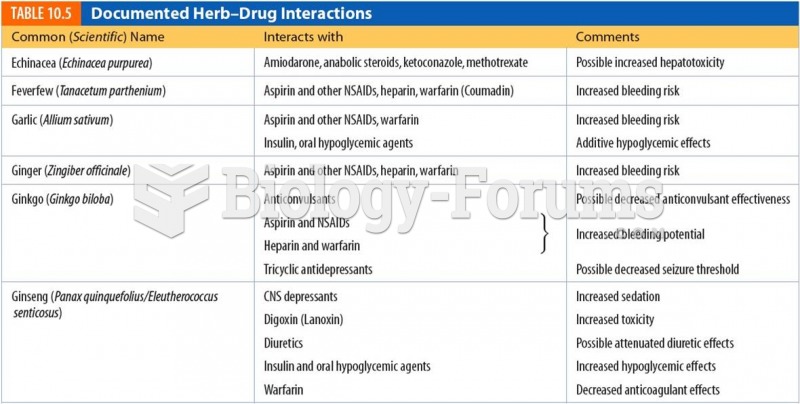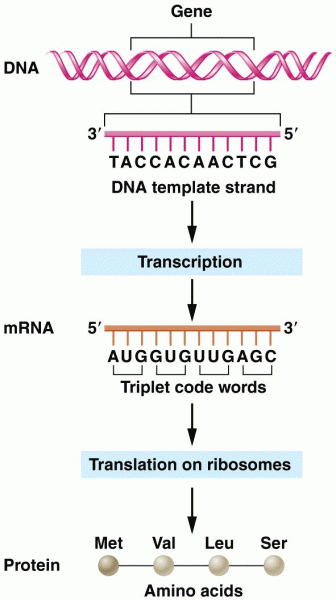This topic contains a solution. Click here to go to the answer
|
|
|
Did you know?
About 3% of all pregnant women will give birth to twins, which is an increase in rate of nearly 60% since the early 1980s.
Did you know?
Blood is approximately twice as thick as water because of the cells and other components found in it.
Did you know?
In ancient Rome, many of the richer people in the population had lead-induced gout. The reason for this is unclear. Lead poisoning has also been linked to madness.
Did you know?
There are more bacteria in your mouth than there are people in the world.
Did you know?
There are more sensory neurons in the tongue than in any other part of the body.







